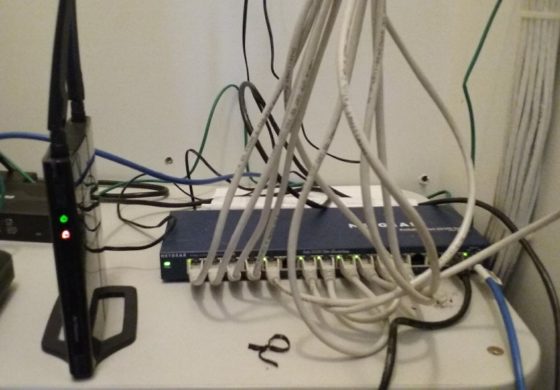By Heather Michon
Correspondent
Central Virginia Electric Cooperative (CVEC) has unveiled a plan that could bring high-speed internet to customers across its 14-county service area.
CVEC plans to spend at least $100 million over the next five years to install fiber optic cable parallel to its 4,600 miles of electrical lines. When complete, the project should reach a good percentage of the company’s 36,000 mostly rural residents.
Rural access to the internet is a problem all across Virginia, including here in Fluvanna.
Fluvanna County’s Broadband Access Taskforce reported to the Board of Supervisors in November that its survey had found 61 percent of residents and 76 percent of businesses said their internet access was inadequate, and 35 percent of businesses in the county have no internet at all.
In a recent meeting with the Albemarle Broadband Authority, CVEC President Gary Wood explained that the company had tried several times to initiate a broadband service since 2004 but have now hit on a plan he thinks will work. The company plans on financing much of the project through grants and loans, with some additional financial support from the counties.
“We’re currently researching this opportunity to see how it benefits the current broadband opportunities in the county,” Jason Smith, Fluvanna’s director of community and economic development and member of the broadband taskforce, wrote in an email. The taskforce plans to report to the Board of Supervisors sometime in the next few weeks.
CVEC believes the completed project will be able to offer customers 100 megabytes per second for $49.99 and voice over internet for $29.99 per month, according to a report of the meeting in the Charlottesville Daily Progress.
The company said in a press release that the installation of fiber optic lines will not only increase broadband options, it will also allow CVEC to implement “smart grid” technology that could help lower electrical costs by increasing efficiency.
The first step is a one-year pilot study. If that’s successful, they are confident they can complete the project within five years.





